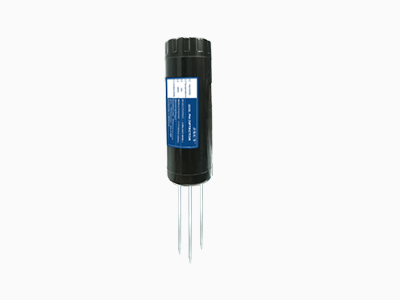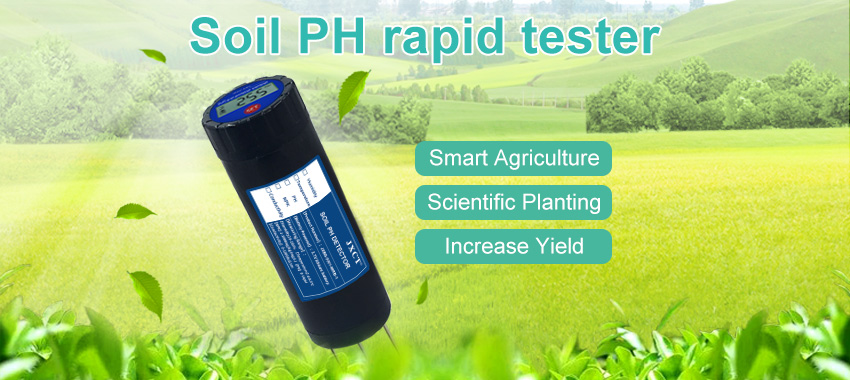Soil temperature and humidity sensors play a crucial role in agriculture, environmental monitoring, and research. These sensors provide valuable data that help in optimizing crop growth, irrigation management, and soil health assessment. In this article, we will delve into the characteristics of soil temperature and humidity sensors, their importance, and how they contribute to various applications.
Accuracy:
One of the most critical characteristics of soil temperature and humidity sensors is their accuracy. These sensors must provide precise measurements to ensure that the data collected is reliable for decision-making. High accuracy sensors can detect even slight changes in soil temperature and moisture levels, allowing farmers and researchers to make informed choices regarding irrigation, fertilization, and other agricultural practices.

Response Time:
The response time of soil temperature and humidity sensors is another important factor to consider. A fast response time ensures that the sensors can quickly detect changes in environmental conditions, providing real-time data for immediate action. This is particularly crucial in precision agriculture, where timely interventions can significantly impact crop yield and quality.
Range:
The range of soil temperature and humidity sensors refers to the minimum and maximum values they can measure. Sensors with a wide range can be used in various soil types and conditions, making them versatile and suitable for different applications. It is essential to choose sensors with an appropriate range based on the specific requirements of the project or study.
Durability:
Given that soil temperature and humidity sensors are often deployed in harsh environments, such as agricultural fields or research sites, durability is a key characteristic. These sensors should be able to withstand exposure to moisture, temperature fluctuations, and physical stress without compromising their performance. Durable sensors ensure long-term reliability and reduce the need for frequent replacements or maintenance.
Calibration:
Calibration is essential for ensuring the accuracy and reliability of soil temperature and humidity sensors. Regular calibration helps in correcting any drift or deviations in sensor readings, maintaining their performance over time. Some sensors come with built-in calibration features, while others may require manual calibration using standard reference values.
Data Logging:
Many modern soil temperature and humidity sensors are equipped with data logging capabilities, allowing them to store measurements at regular intervals. Data logging is valuable for monitoring trends, analyzing patterns, and generating reports for further analysis. It also enables remote data access, making it convenient for users to track soil conditions without being physically present at the sensor location.
Connectivity:
Connectivity options, such as wireless communication protocols (e.g., Bluetooth, Wi-Fi, LoRa), enable soil temperature and humidity sensors to transmit data to a central system or cloud platform. This feature facilitates real-time monitoring, data sharing, and integration with other sensor networks or agricultural management systems. Connectivity also allows for remote control and configuration of the sensors, enhancing their usability and efficiency.
Power Consumption:
Efficient power management is crucial for soil temperature and humidity sensors, especially in applications where continuous monitoring is required. Low power consumption sensors can operate for extended periods on battery power or solar energy, reducing the need for frequent battery replacements and minimizing downtime. Energy-efficient sensors are environmentally friendly and cost-effective in the long run.
In conclusion, soil temperature and humidity sensors are essential tools for understanding and managing soil conditions in various applications. By considering the characteristics mentioned above, users can select the right sensors that meet their specific needs and requirements. These sensors not only provide valuable data for decision-making but also contribute to sustainable agriculture practices, environmental conservation, and scientific research.

Overall, the characteristics of soil temperature and humidity sensors, such as accuracy, response time, range, durability, calibration, data logging, connectivity, and power consumption, are crucial for their performance and usability in different applications. As technology continues to advance, we can expect further improvements in sensor design, functionality, and integration, leading to more efficient and reliable soil monitoring solutions for the future.
By understanding and leveraging the capabilities of soil temperature and humidity sensors, we can enhance our ability to monitor and manage soil health, optimize agricultural practices, and contribute to a more sustainable and productive environment.